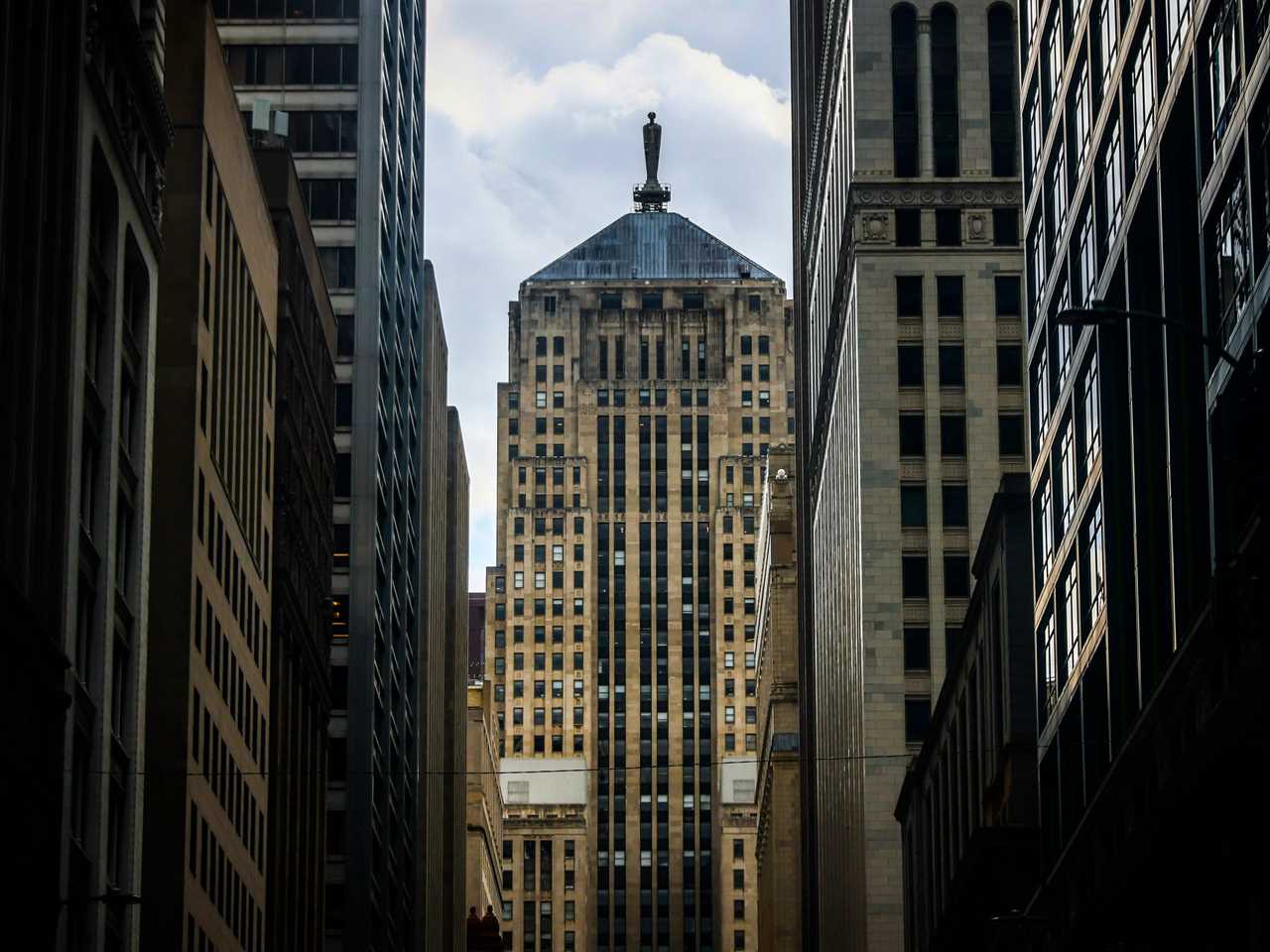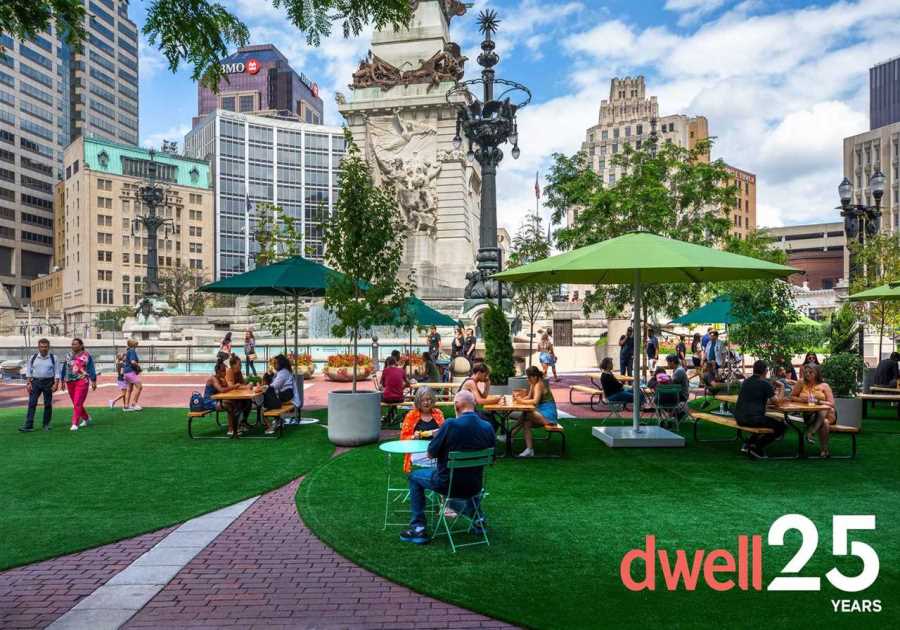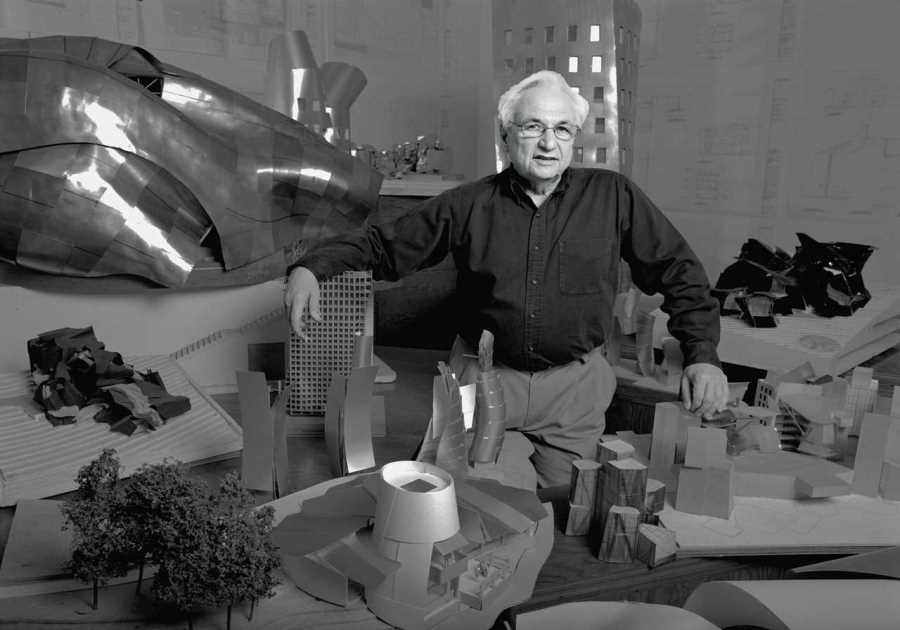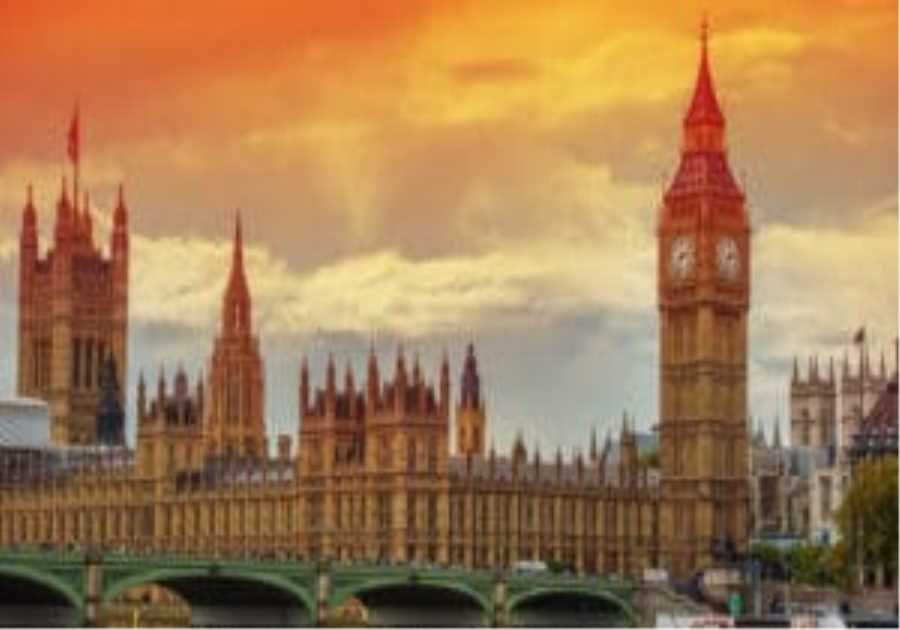
Beata Zawrzel/NurPhoto via Getty Images
- Chicago's once-bustling downtown district posted a record-high vacancy rate in 2023, citing the persistent remote work trend.
- To revitalize the area, the city has approved three projects to turn vacant commercial space into affordable housing.
- While some residents are skeptical, the LaSalle Reimagined Initiative is just one of many creative solutions urban planners are raising to fill the space.
- This story is part of "Advancing Cities," a series highlighting urban centers across the US that are committed to improving life for their residents.
The activity and vibrancy of Chicago's downtown area, once the heart of the city's economy, shifted dramatically in the wake of the pandemic. Physical offices and gathering places closed while remote work soared. Cities across the US are now dealing with the ramifications of that workplace upheaval, despite many companies' attempts to get their employees back into the office.
As a result, downtown crowds eating, drinking, and shopping are a fraction of what they once were. Chicago's downtown office space posted a 22.4% vacancy rate in the first quarter of 2023, which poses the question: What does the city do with all that vacant commercial office space?
Chicago's city government is attempting to answer that question with adaptive reuse projects now underway. It's hoping to fill the vacancy void with hundreds of affordable-housing units and millions of dollars in new investment.
The LaSalle Reimagined Initiative: A new housing development
Three adaptive reuse proposals were selected for the LaSalle Reimagined Initiative, Chicago's ambitious plan to repurpose a portion of LaSalle Street's 5 million square feet of vacant commercial space into mixed-income housing. Each proposal includes a request for funding from the city to help subsidize the projects. The units — anticipated to take up 1.6 million square feet of space — are intended for tenants earning an average of 60% of the area's median income.
Marisa Novara, the commissioner of Chicago's Department of Housing, said that the LaSalle Reimagined Initiative hopes to create nearly 600 affordable-housing units.
"Without the crucial infusion of public dollars into these redevelopments, we would continue with single-digit units and single-digit opportunities for people who need a subsidy to live affordably to be able to live in the Loop," she said.
Housing challenges to overcome
Some Chicagoans are skeptical. "I see a lot of problems with turning and marketing these locations for long-term residential use," said a West Loop resident who's lived there for more than 30 years. Their identity is known to Insider, but they asked to remain anonymous to maintain their privacy.
"The subsidized rent they're talking about doesn't cover those truly in need of housing, and this is a bad location for lower-income housing due to lack of green space and parking. Grant Park isn't that close, and there are no other 'pocket parks' nearby. There are no supermarkets within walking distance or easy transit access. They're all south or west. And there's a lack of consumer retail."
Even if the units were marketed to higher-income tenants, the resident still sees a problem. "Who's their target market? There's plenty of competition and better offerings for residential space relatively close by in the West Loop, South Loop, River North, and River East for those paying the market rates. The mid and higher earners who work in nearby businesses and industries that are still in the CBD can afford the competitors and get much better space for their money."
Solving the problem of high vacancy rates
Whether or not the LaSalle Reimagined Initiative or similar projects work, some point out that it's going to take more than repurposing vacant commercial real estate to bring Chicago back to its pre-pandemic vitality.
"Chicago's downtown office buildings are facing record-high vacancy rates and significant financial challenges as workers slowly return to the office," Amy Masters, the director of government and external affairs for the Building Owners and Managers Association of Chicago, said.
Initiatives like this one, she said, "aimed at transforming vacant office spaces into residential areas, represent a promising step towards revitalizing our downtown core."
"Still, we need to do more — such as what the Small Business Improvement Fund is doing, which supports the opening of new stores, restaurants, and other downtown businesses — to implement creative initiatives to bring back our vibrant and inclusive city center."
Will occupancy rates ever return to pre-pandemic levels?
The question remains whether workers will ever return to their offices as they once did. If not, how the new economy will evolve in cities like Chicago is yet to be seen.
Masters is optimistic. "The workplace continues to evolve," she said. "During the pandemic, we couldn't imagine sharing elevators or attending in-person meetings without masks. But the current reality now sees us comfortably boarding trains, joining others in elevators, and participating in regular work meetings and social outings."
She firmly believes that the office, in one form or another, is here to stay. "Offices foster collaboration, innovation, and a sense of community. Office buildings will continue to evolve their offerings and create value for tenants," Masters said.
Regardless of the success of adaptive projects, Masters also pointed out that office workers still play a vital role in the city's downtown ecosystem. "Even after converting some buildings to residential, office workers are necessary to revitalize our downtown economy, which in turn supports every Chicago neighborhood."
Where commercial real estate goes from here
Until commercial real-estate vacancy rates begin to drop, we can expect to see more projects like the LaSalle Reimagined Initiative attempt to fill the void with creative solutions.
"It's likely that blended work systems are here to stay," Novara observed. "Across the city, we see the need for the adaptive reuse of buildings — whether places of worship, schools, or offices — and the financing tools to do so. With that in mind, DOH will continue to push for an equitable distribution of affordable housing — and the tools to achieve it — across Chicago."
Read More
By: [email protected] (Helaine Krysik)
Title: Chicago's ambitious plan to convert 5 million square feet of empty office space into affordable housing places a big bet on remote work
Sourced From: www.businessinsider.com/chicago-plans-office-residential-conversion-affordable-housing-2023-6
Published Date: Fri, 23 Jun 2023 19:24:06 +0000
.png)





